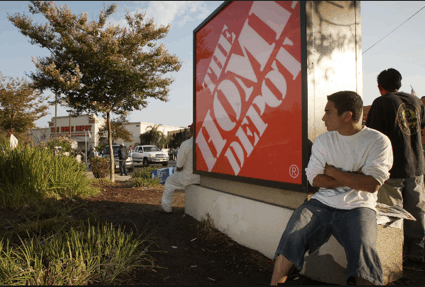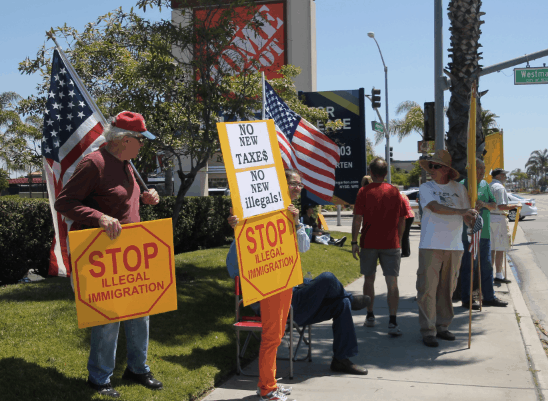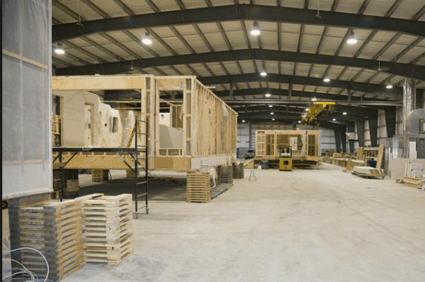
Is there a correlation between the recent “day without immigrants” and the building of fewer new homes?
According to CBS News, it’s an open secret that many unauthorized immigrants work in the construction industry, and while they represented a five percent share of the U.S. civilian labor force in 2014, they made up about 13 percent of workers in the construction sector in that same year, per a Pew Research Center study.
And, according to a study by the National Association of Home Builders (NAHB), workers who are foreign born represent almost 30 percent of people employed in construction- related trades.
The NAHB says that they are in step with President Donald Trump’s position, which takes a strong stance against illegal immigration and supports immigration reform that would create a guest-worker program. This would allow employers to recruit legally authorized immigrant workers when not enough domestic workers are available.
Dallas, Texas-based home remodeling company owner Stephan Sardone saw the impact of the “day without immigrants” last month, when all of his subcontractor’s employees skipped work on a job.
“The strike caused a minor inconvenience, but its message was clear,” said Sardone.
In his address to a joint session of Congress last month, President Trump made the call for a merit-based immigration system – one that is used in multiple nations around the world – that would give preference to highly skilled and employable immigrants over those moving for family reasons.

NAHB CEO Jerry Howard says that the roots of the labor shortage are deeper.
“The homebuilding industry’s labor shortage has its roots in the housing bust, when large numbers of small-business owners and workers had to find some other way to feed their families,” said Howard.

“Many found jobs in other fields and haven’t returned to homebuilding. On top of that, a number of immigrant construction workers left the country altogether and haven’t come back.”
“You have a workforce where those who are trained in much-needed skills have jobs in other sectors and don’t want to come back,” said Howard.
“That’s a huge factor as to why there is a shortage of housing construction, and it’s not a problem that will go away overnight.”
Information from the National Association of Realtors (NAR) shows that housing starts are expected to increase to 1.3 million this year, which represents a slight improvement over last year but still well below pre-financial crisis levels.
“Homebuilders are building more than they have been in recent years, but not at the level that we truly need to satisfy demand,” said NAR chief economist Lawrence Yun.
Manufactured Housing: The Answer, Hiding in Plain Sight

The Daily Business News has covered the labor shortage in home construction extensively, and continues to show evidence that manufactured housing is a practical and affordable solution to provide quality homes at a competitive price.
And, even though manufactured and modular homebuilders can also feel the “pinch” at times, one of the numerous advantages of factory building is the ability to recruit and train team members who can work effectively in a production center environment.

As John Bostick, owner and president of Sunshine Homes said in an interview this summer, “We have an almost unlimited capacity” to expand production.
For more on manufactured housing being the solution that’s hiding in plain sight, see MHProNews and MHLivingNews Publisher L.A. “Tony” Kovach’s insight into the opportunity linked here. ##
(Image credits are as shown above.)

Submitted by RC Williams to the Daily Business News for MHProNews.

























